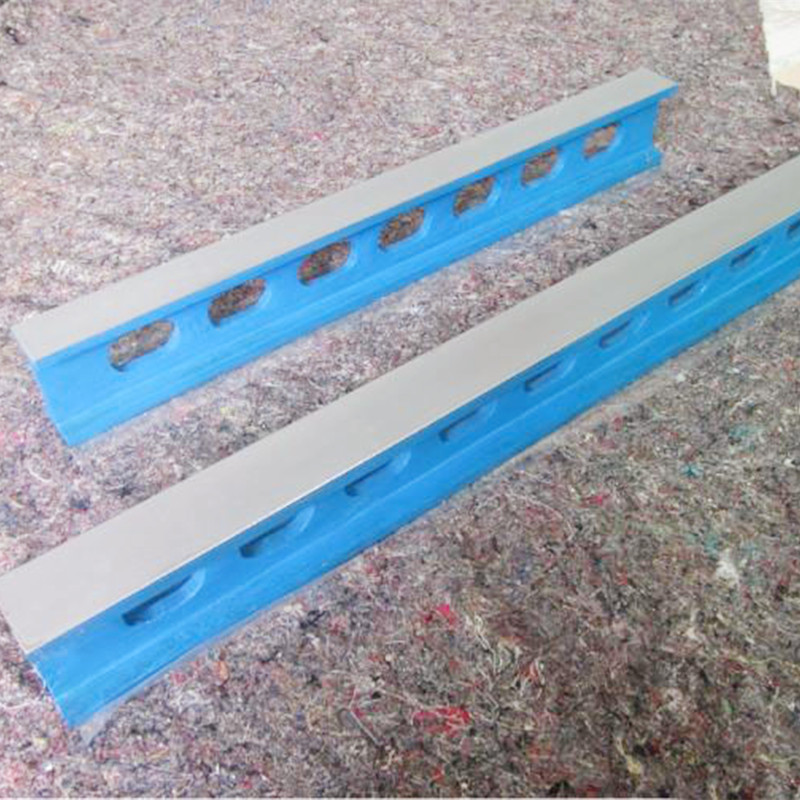Nov . 18, 2024 14:18 Back to list
non return check valve
Understanding Non-Return Check Valves Function, Types, and Applications
In various industrial applications, managing fluid flow efficiently and safely is paramount. Among the essential components utilized for this purpose is the non-return check valve, commonly known as a check valve. This device plays a crucial role in preventing backflow in piping systems, ensuring that fluids flow in one direction only. This article will delve into the function, types, and applications of non-return check valves, highlighting their importance in various sectors.
Function of Non-Return Check Valves
The primary function of a non-return check valve is to allow fluid to flow in one direction while preventing it from flowing in the opposite direction. This characteristic is vital in many systems where the fluid's reverse flow could lead to contamination, equipment damage, or unsafe conditions. Check valves operate automatically and do not require manual intervention. Instead, they utilize the fluid's pressure to control the valve's opening and closing.
When the fluid flows in the intended direction, it exerts pressure on the valve's disc or ball, pushing it open to allow the flow. Once the pressure decreases or begins to reverse, the valve closes due to gravity or a spring mechanism, preventing backflow. This automatic operation is crucial in ensuring system integrity and reliability.
Types of Non-Return Check Valves
Non-return check valves come in various designs to suit different applications and operating conditions. Some of the most common types include
1. Swing Check Valves This type features a disc that swings on a pivot point. When fluid flows in the desired direction, the disc swings open; when the flow reverses, the disc swings back to its closed position, effectively blocking backflow. Swing check valves are ideal for low to medium flow applications and are commonly used in water and sewage systems.
2. Lift Check Valves Lift check valves operate with a disc that moves vertically within the body of the valve. Similar to swing check valves, they allow flow in one direction but are typically more suitable for higher pressure applications. They are often used in steam and water systems where pressure variations are common.
3. Ball Check Valves These valves utilize a ball that sits in a seat within the valve body. When fluid flows in the correct direction, the ball lifts, allowing flow. If the flow reverses, the ball is pushed back down into the seat, sealing off the backflow. Ball check valves are versatile and can be used in various applications, from water treatment plants to fuel systems.
non return check valve

4. Diaphragm Check Valves Featuring a flexible diaphragm that opens and closes in response to pressure changes, diaphragm check valves provide a tight seal against backflow. They are often used in chemical handling and food processing due to their ability to maintain sanitary conditions.
Applications of Non-Return Check Valves
Non-return check valves are utilized across a wide range of industries and applications
- Water and Wastewater Treatment In municipal water systems, check valves prevent backflow, ensuring that treated water does not mix with untreated sewage.
- Oil and Gas In pipeline systems for oil and natural gas, check valves protect against backflow that could lead to pressure surges and potential disasters.
- HVAC Systems Check valves are essential in heating, ventilation, and air conditioning systems to maintain proper airflow and prevent backflow of refrigerants or condensates.
- Industrial Processes Many manufacturing and chemical processes rely on check valves to manage fluid movement safely, ensuring operational efficiency and preventing contamination.
Conclusion
In summary, non-return check valves are vital components in fluid management systems across various industries. Their ability to prevent backflow enhances safety, efficiency, and reliability in operations ranging from municipal water treatment to oil and gas pipelines. Understanding the different types of check valves and their specific applications can help engineers and operators make informed decisions to optimize performance and ensure system integrity. As industries continue to evolve, the role of non-return check valves will remain crucial in facilitating safe and efficient fluid management.
-
Thread Micrometer Set FeaturesNewsJul.04,2025
-
Right Angle Ruler Tool for WoodworkingNewsJul.04,2025
-
Precision Frame Level Calibration StepsNewsJul.04,2025
-
Magnetic Vee Block MaterialsNewsJul.04,2025
-
Heavy Duty Ground Anchors in MiningNewsJul.04,2025
-
Features of Welding Table Cast IronNewsJul.04,2025
Related PRODUCTS









